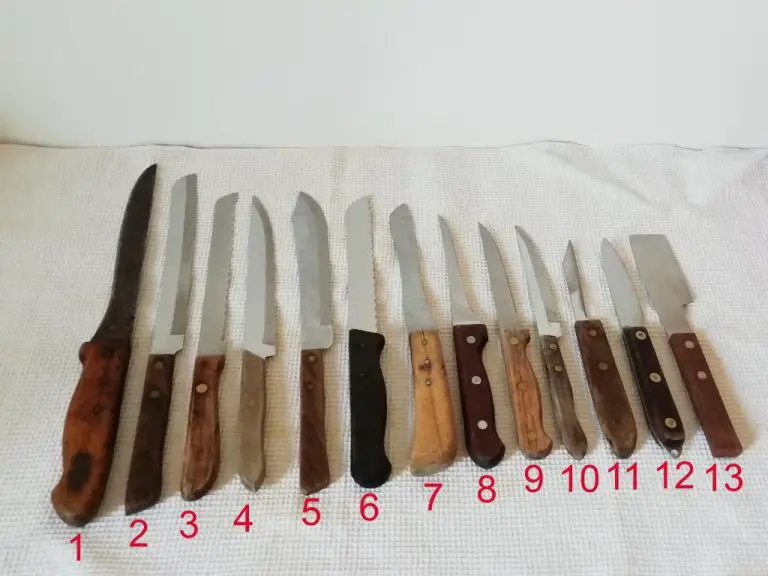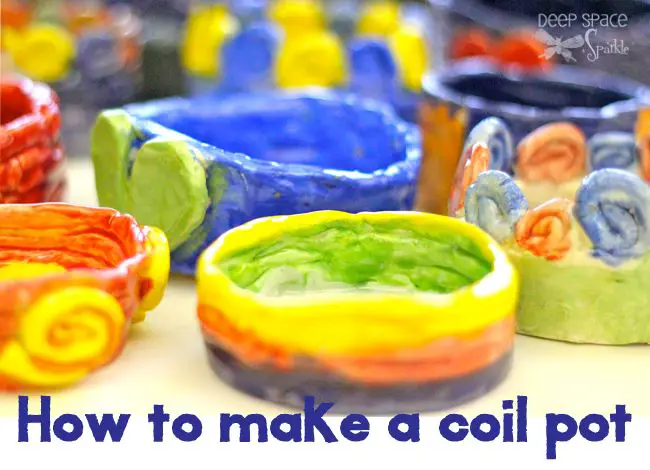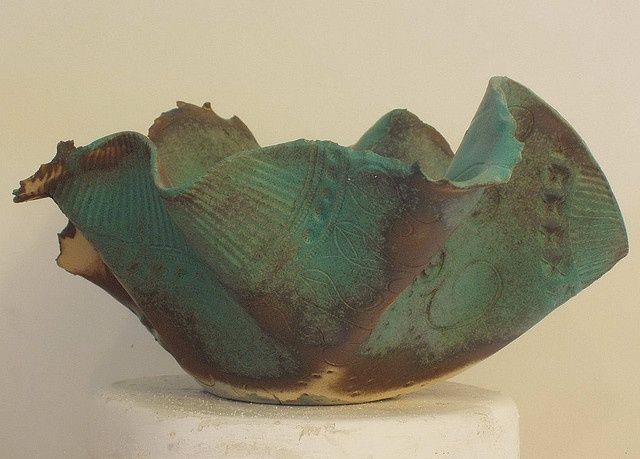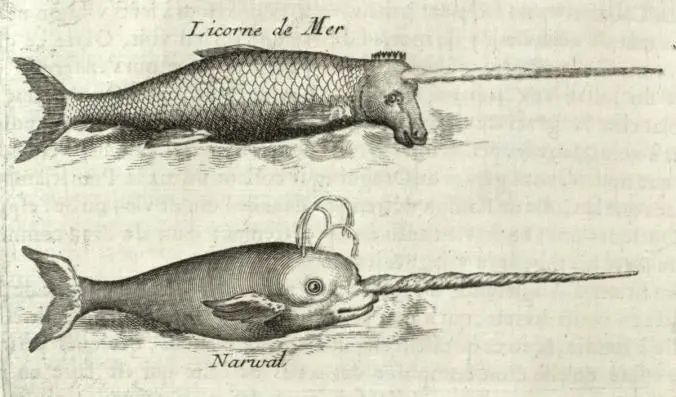Did Native Americans Make Pinch Pots?
Pinch pots refer to a type of handmade pottery constructed without the use of a pottery wheel. Instead, these pots are shaped entirely by hand using the “pinching” technique, which involves squeezing and molding soft clay between the fingers and thumbs. Pinch pots likely originated thousands of years ago and have an extensive history spanning numerous ancient cultures around the world.
Archaeological evidence suggests some of the earliest known pinch pots were created during the Jōmon period in ancient Japan, dating back to around 14,000 BCE.
A Brief History of Pinch Pots
Origins of Pinch Pots
The earliest known evidence of pinch pots dates back over 20,000 years ago to the Upper Paleolithic period. Archeological discoveries have uncovered small, hand-shaped clay vessels made using the pinch pot technique in areas such as Dolní Věstonice in the Czech Republic and Kostenki in Russia [1]. These very early pinch pots were often decorated with impressions made by pressing natural materials into the soft clay.
Pinch pots represent some of the first known examples of pottery created by humans. The pinch pot’s basic design and handmade construction reflect some of the earliest ceramic arts. This simple pottery-making process required no pottery wheel or advanced tools, allowing ancient cultures to hand-shape functional clay vessels from available materials.
Use of Pinch Pots by Native Americans
Pinch pots were commonly used by many Native American tribes for both utilitarian and ceremonial purposes. The simplicity of the pinch pot technique allowed Native Americans to quickly produce pots for daily use such as cooking, storage, and carrying water.
Some examples of Native American tribes known for using pinch pots include:
- The Pueblo tribes of the Southwest, including the Hopi, Zuni, Acoma, and Taos Pueblos. Pinch pots were used to carry water and store grains. Hopi pinch pots are traditionally decorated with bold geometrical designs.
- The Catawba tribe of the Southeastern Woodlands. Catawba potters produced large pinch pots for cooking and storage.
- The Chumash and Miwok tribes of California. Chumash pinch pots were often painted with natural pigments like red ochre.
- The Lenape tribe of the Northeastern Woodlands. Lenape pinch pots were sometimes decorated with incisions and stamped designs.
Pinch pots were an essential part of everyday life and were also used ceremonially by many tribes in rituals and ceremonies. They allowed Native Americans to transport and store food as well as cook meals over a fire.
Pinch Pot Construction Techniques
Pinch pots have an ancient history and were one of the earliest forms of pottery constructed. Pinch pots were made by hand, formed entirely from a single lump of clay without the use of a potter’s wheel. The clay was worked into the desired shape using only the fingers and hands to manipulate the material, typically starting with a ball or coil of clay.
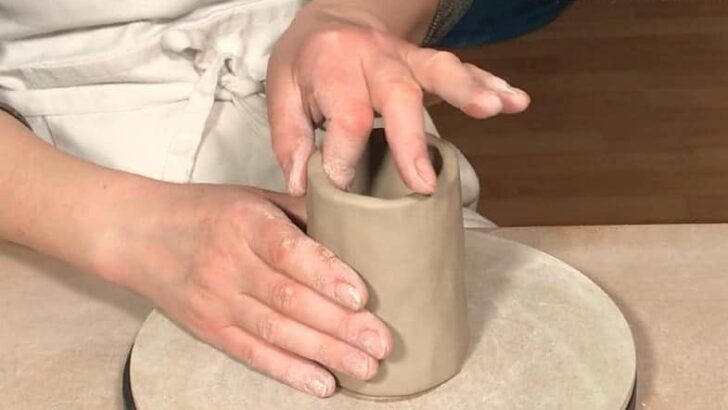
To create a pinch pot, a ball of clay would be pressed into the center using the thumb. The thumb would then be worked in a circular motion to hollow out the interior while simultaneously thinning the walls. Fingertips were used to smooth the inside and outside surfaces. The walls were gradually pinched and pulled upward to form the pot shape as desired, often into a simple bowl or vase form.
Pinch pots were often decorated with impressions made by fingertips, nails, or tools while the clay was still soft. Simple lines and geometric patterns were commonly incised on the surface. The pots were then dried and could be fired to harden and complete the ceramic process.
The pinch pot technique allowed ancient cultures to hand-build vessels and containers without a pottery wheel. It was an accessible, inexpensive approach requiring only clay and hands. Pinching was also an intuitive and creative method that lent itself to experimentation and improvisation during construction.
Sources:
https://www.wikihow.com/Make-a-Pinch-Pot
Pinch Pots in Native American Culture
Pinch pots played an important role in many Native American cultures and were used for both ceremonial and decorative purposes. According to Native American Pinch Pot and Air Dry Clay Recipe, pinch pots were often created and used during coming-of-age rituals for young women in some tribes. The pinch pot symbolized the girl’s readiness for adulthood. Pinch pots were sometimes buried with deceased tribe members, filled with food or possessions for the afterlife.
Pinch pots were also commonly used decoratively in Native American homes and community buildings. Their simple, hand-shaped forms and earthy material made them excellent decorative elements. Women would make pinch pots etched with decorative patterns and symbols that held meaning in their culture. They served as beautiful yet functional pottery for storing food, jewelry, cosmetics, and more. Pinch pots were a core part of many tribes’ artistic traditions.
Geographic Distribution
Pinch pots were made by Native American tribes across much of North America, particularly in the Southwest, Great Plains, and Eastern Woodlands regions. The clay used to make pinch pots was readily available across the continent. According to Native American Pinch Pots, pinch pots were common among tribes including the Hopi, Navajo, Zuni, Cherokee, and Iroquois.
In the Southwest, pinch pots were made by Pueblo tribes like the Hopi and Zuni in present-day Arizona and New Mexico. The clay found in this region was ideal for making pottery. In the Eastern Woodlands, tribes like the Cherokee and Iroquois made pinch pots from the clay available near major river systems.
Pinch pots were also made by Plains tribes who obtained clay for pottery when they traveled outside the grasslands region to trade. So while pinch pots themselves were not unique to any one tribe or region, many Native Americans across North America incorporated them into their cultures.
Modern Revival
Pinch pottery techniques have seen a resurgence in modern times, both among Native American artisans and non-native potters. Many Native American artists continue the tradition of making pinch pots and other traditional forms of pottery as an expression of cultural heritage and identity (Dinnerware Archives). Contemporary Native American potters often incorporate both traditional and modern design elements into their work.
Pinch pottery has also grown in popularity outside of Native American communities. Modern potters, both professional and amateur, utilize pinch techniques to create decorative bowls, cups, vases and other vessels. The simplicity of pinch pot construction makes it an accessible technique to learn. Pinch pots are often made by children as an introductory pottery project. Many art teachers introduce pinch pots as a way to teach beginning sculpting skills. The contemporary pottery company Simon Pearce produces a line of pinch-pot dinnerware that combines modern and traditional design (Burlington Pool Dinnerware).
Cultural Significance
Pinch pots held great cultural significance for many Native American tribes across North America. They were an integral part of native culture and identity. Pinch pots were used in ceremonies, given as gifts, and represented connections to ancestry and traditions.
Pinching clay into vessel forms was an ancient practice that connected Native Americans to their ancestors. The Cherokee, Hopi, Navajo, Zuni and other tribes all made pinch pots for utilitarian and ceremonial purposes. Passed down through generations, pinch pottery methods and designs preserved tribal customs. Specific colors, symbols, and shapes carried meaning and told stories.
Pinch pots were traditionally made by women and used in coming of age rituals, healing ceremonies, burial rituals, and more. Their designs often represented clan affiliations and family lineages. Giving pinch pots as gifts cemented social bonds. The vessels themselves embodied generations of tribal knowledge and identity.
As Native American scholar Theresa Pasqual describes, “Clay enables our hands to speak and sing our Indian songs. It enables our hands to tell our stories to future generations” (Source). For countless tribes across North America, pinch pots gave voice to native culture.
Similar Pottery Techniques
While pinch pots were a common pottery technique used by many Native American tribes, there were other methods for creating utilitarian and ceremonial vessels. Coiling was another prevalent technique where long coils of clay were stacked and blended together to form the pot’s shape. Pinch pots differ from coiled pots in that they are formed entirely from a single ball of clay rather than built up from separate coils.
Paddle-and-anvil techniques were also used, where a rounded stone was employed to beat the exterior of a pot resting on an anvil stone to thin and shape the vessel walls. Pinch pots did not utilize this paddle-and-anvil approach. Finally, some tribes created pots using molds, where clay was pressed into pre-formed shapes. Pinch pots were unique in being shaped entirely by hand.
Overall, pinch pots allowed Native American potters to quickly and simply form small- to medium-sized vessels for cooking, storage, and other daily uses. While other techniques yielded more refined results, the pinch pot method required minimal tools and preparation, aligning well with the portable lifestyles of many tribes.
Sources:
https://www.palmstrading.com/native-american-pottery-of-today/
Conclusion
In conclusion, pinch pots were simple clay vessels created by Native American tribes for utilitarian purposes. The pinch pot technique involved hand-forming pottery from coils and slabs of clay without using a pottery wheel. Pinch pots were an essential part of daily life and culture for many Native Americans across North America for cooking, storage, and serving food. While largely replaced by other techniques like wheel throwing, pinch pots hold cultural significance and have seen a revival among modern potters and artists seeking to reconnect with traditional methods.
This overview summarized the history, geographic distribution, construction techniques, and cultural importance of the pinch pot for Native Americans. We reviewed how pinch pots were used by tribes across many regions of North America for practical daily needs as well as ceremonial purposes. While simple in construction, pinch pots served their communities well and provide insight into the resourcefulness and artistry of Native cultures.

